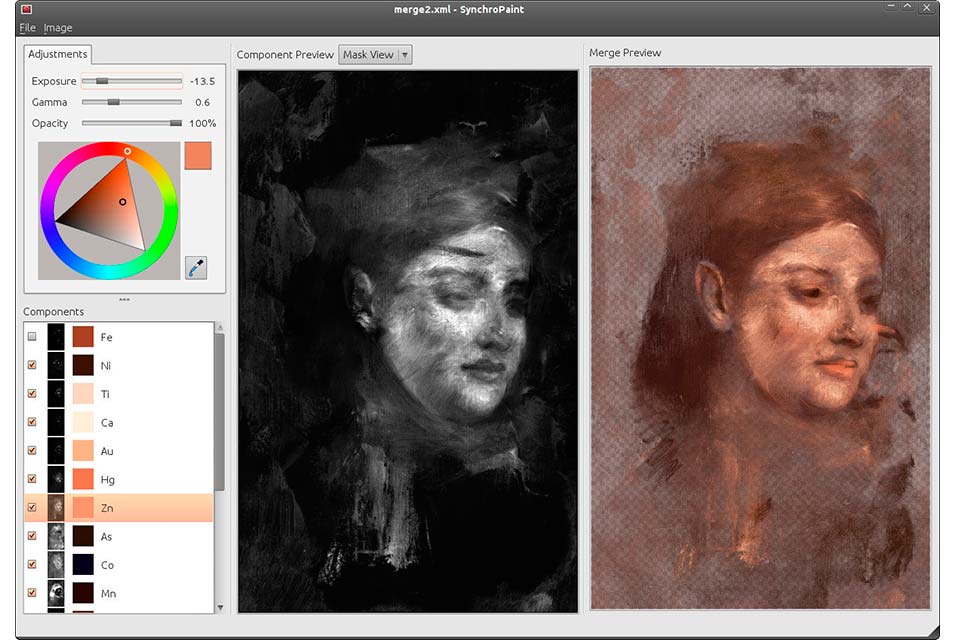
Scientists in Australia have used high tech x-ray equipment to reveal a long-hidden portrait by the great post-Impressionist Edgar Degas. The striking image, thought to be of model Emma Dobigny, remained obscured since Degas painted over it over a century ago.
The painting underneath Portrait of a Woman has long been known to exist, but it was previously impossible to reveal it without damaging the painting.
The art historical feat has been accomplished thanks a technology called X-ray fluorescence, which employs the Australian Synchrotron, a particle accelerator that generates extremely powerful x-rays able to penetrate the layers of paint without damaging the paintings.
“Each element has its own unique signature, and so that gets collected,” Dr Howard, of Australian Synchrotron, told the BBC. “And what we do is analyze that data and build up these ‘elemental maps’. And that allows us to image all the different pigments used in the panting.”
Edgar Degas, Portrait of a Woman, (1876-1880). Photo courtesy of National Gallery of Victoria.
Using this information the scientists referred to Degas’ catalogue and identified the woman in the hidden work as Dobigny, a popular model of the day, whom Degas painted several times around the year 1869.
“Previous academic works about Degas suggests it was around 1869 when he was painting Emma Dobigny,” Dr Howard said. “The current portrait is thought to have been painted about seven to 10 years later, so there is a big gap. It is possible that the painting remained in his studio for several years before he decided to paint over it,” he added.
Previous x-rays revealed very little. Photo courtesy of National Gallery of Victoria.
The work itself is currently on view at the National Gallery of Victoria in Melbourne, whose team is understandably thrilled at the discovery.
“It’s always an exciting moment to behold something produced by the hand of an artist that was otherwise previously unseen,” Michael Varcoe-Cocks, head of conservation at the museum, told the BBC.
“The situation is slightly different here as the image has always been partially visible in the second painting, so the process was more like revealing the other side of a half-drawn curtain,” he added.
With the introduction of this new technique, one certainly wonders what other secrets may be lurking in the annals of art history.